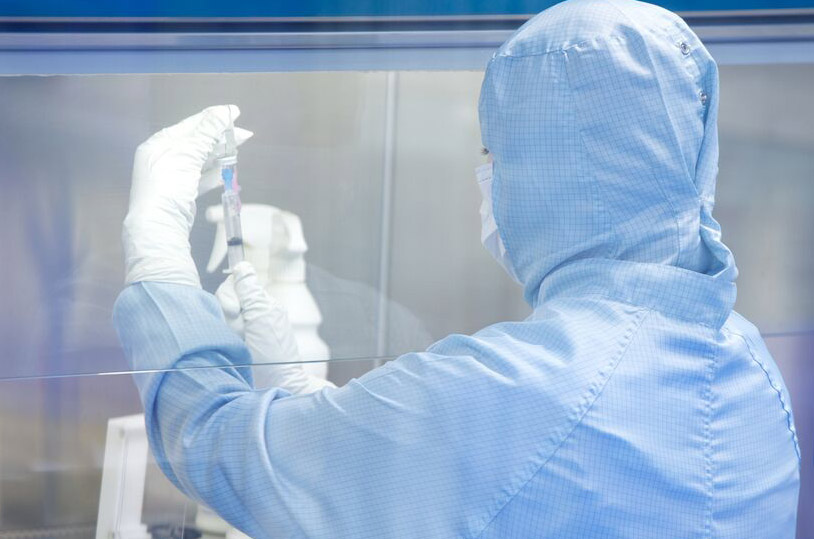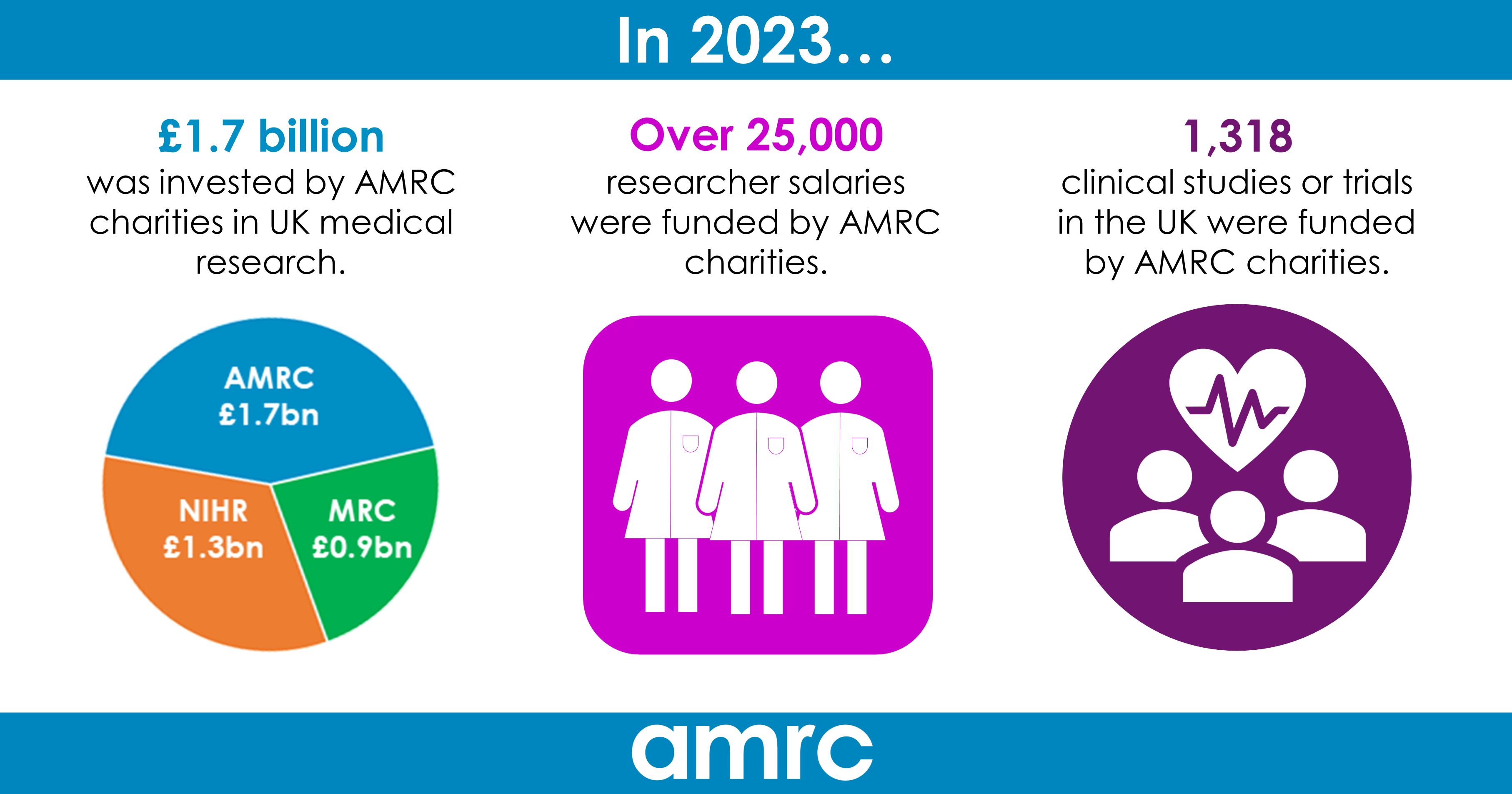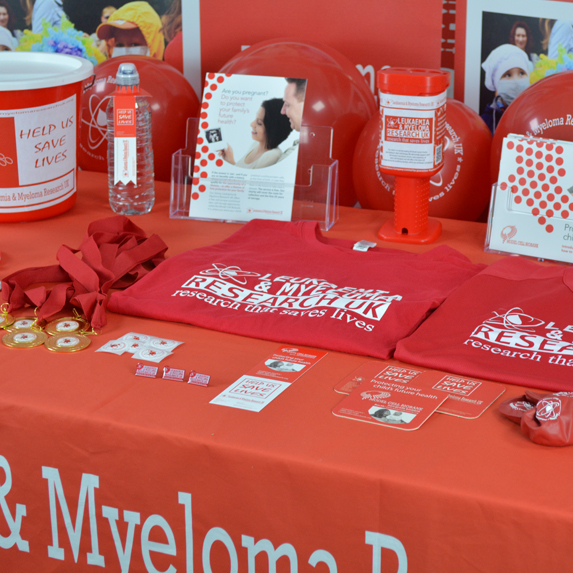
To help you to understand what stem cells are, what they can be used for and what a stem cell transplant is, we’ve answered some of your frequently asked questions.
What are stem cells?
Stem cells are produced by bone marrow and can divide themselves to produce more. They can also change into specialised cells, such as blood cells. The three main types of blood cells are:
- red blood cells – which carry oxygen around the body
- white blood cells – which help fight infection
- platelets – which help stop bleeding
There are two types of stem cells; embryonic stem cells and adult stem cells.
- Embryonic stem cells can develop into any type of cell, a skin cell, heart, liver or more.
- Adult stem cells typically generate the cell types of the tissue in which they reside. For example, a blood-forming adult stem cell in the bone marrow normally creates a new generation of blood cells, but cannot do the same for different tissue, such as nerve cells.
For more information about stem cells, click here or visit the NHS website here.
Where are stem cells found?
Stem cells can be sourced from four places in the body:
- bone marrow, which requires extraction by harvesting
- adipose tissue, which requires extraction by liposuction
- blood, which requires the blood to be passed through a machine that extracts the stem cells and returns the rest of the blood to the body
- umbilical cord of a newborn baby, which can only be extracted at the time of birth.
What can stem cells be used for?
For most types of blood cancer, such as leukaemia, myeloma and lymphoma, stem cells can be used as a form of treatment through a stem cell transplant. They can also be used to help treat other blood disorders including sickle cell anaemia and aplastic anaemia.
What is a stem cell transplant?
Stem cell transplants are used to treat conditions in which the bone marrow is damaged and is no longer able to produce healthy blood cells. Transplants can also be carried out to replace blood cells that are damaged or destroyed as a result of intensive cancer treatment.
There are two types of stem cell transplants; an allogeneic transplant and an autologous transplant.
An allogeneic stem cell transplant involves taking healthy stem cells from the blood or bone marrow of a matched donor, and transferring them into a patient. The aim is to destroy unhealthy blood cells and replace them with new, healthy cells.
An autologous transplant involves removing stem cells from the patients’ body, followed by the removal of damaged or diseased cells through high doses of chemotherapy. The stem cells are then safely transplanted back into the patient.
For more information on stem cell transplantation, click here.
There are five stages to a stem cell transplant; tests and examinations, harvesting, conditioning, transplanting the stem cells and recovery. For more information on each step, visit the NHS website here.
What are the risks of a stem cell transplant?
A stem cell transplant will usually only be carried out if other treatments have not helped. They are complicated procedures, so it is important that people are aware of both the risks and the benefits before treatment.
Possible problems that can occur during or after the transplant include:
- graft versus host disease (GvHD) – this occurs in allogeneic transplants when the cells from the donor start to attack the other cells
- reduced number of blood cells – this can lead to anaemia, excessive bleeding or bruising, and an increased risk of infections
- chemotherapy side effects – sickness, tiredness, hair loss and infertility.
For more information on the risks of having a stem cell transplant, click here.
A successful stem cell transplant will replace any damaged or diseased cells with new, healthy stem cells which is why they are used to treat many forms of blood cancer and blood disorders.
What is a stem cell donation?
If you are unable to use your own stem cells for a transplant, then stem cells will be needed from a donor. The donor must be an identical or very similar match to the person receiving the transplant for it to work and be successful. The strongest chance of getting a good match is using stem cells from a sibling or another close family member.
If there are no matches in your close family, a search of the British Bone Marrow Registry – a public register of donors – will be carried out until a suitable match is found.
What are cord blood stem cells?
Cord blood stem cells are collected from the umbilical cord and placenta when a baby is born and can be used in the treatment of blood cancer. The advantage of using cord blood stem cells is that they are readily available for that baby, a sibling or a matched family member, should it be needed.
The procedure of collecting the umbilical cord blood stem cells is not painful and poses no risk to the mother or baby.
You can choose to bank your baby’s umbilical cord blood stem cells using a specialist bank, such as our Model Cell Biobank service, with funding support from our charity. Or you can choose to donate them to a public bank to benefit others who need a stem cell transplant, or a private bank to keep the stem cells for a family member for future use.
For more information on cord blood banking, read our informative overview here.
Our cord blood banking service
In 2015, we proudly launched our Model Cell Biobank service – the UK’s first umbilical cord blood stem cell storage offering either part-funded or fully-funded support for qualifying families.
Our bespoke service covers either a percentage or the full cost for expectant parents depending on the family’s eligibility, which looks at the household income and whether there is a history of cancer in the immediate family.
To learn more about our Model Cell Biobank service and our eligibility criteria for supported funding, click here.







